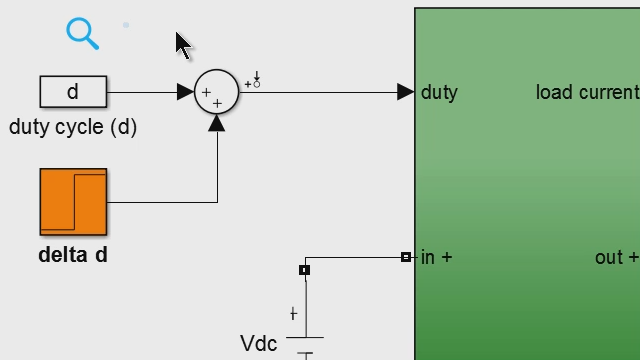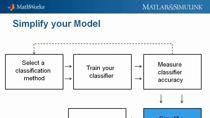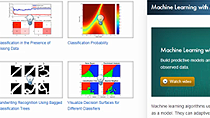ROM using Machine Learning
From the series: Reduced Order Modeling with MATLAB Video Series
Learn how to create reduced-order models of high-fidelity systems using machine learning techniques in System Identification Toolbox™. Watch a demonstration on how to identify support vector machine–based nonlinear ARX models using measurements from a high-fidelity model of an internal combustion engine, and use a trained model to replace the original model for faster simulations.
Published: 8 Jul 2022






